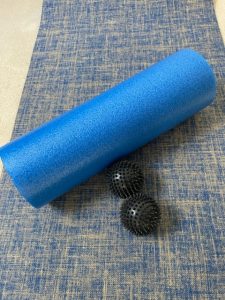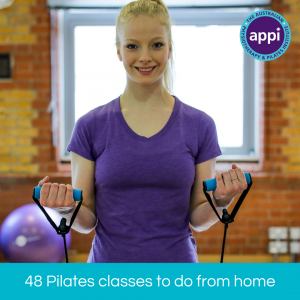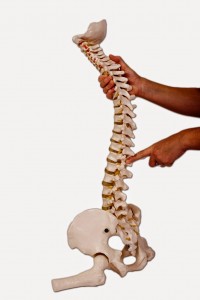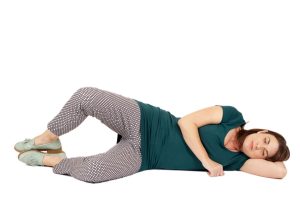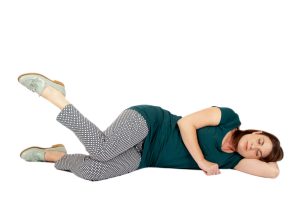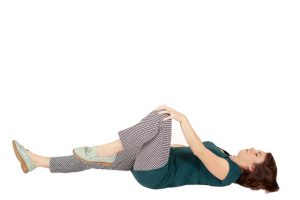Please read this! I know it’s not the most stimulating of subjects. If you pay a little attention to your set-up at your computer/desk, both at home and work. Then it can make an enormous difference to your daily comfort. Trying to prevent the accumulation of an issue, which may result in pain. Everyday of my working life I spend talking about this! Believe me its a worthwhile practice, so I urge you to take note.
The basic set-up
Image supplied by Google
Start by looking at your seat. You should sit right back into your chair, so have your bottom to the back of the seat. When you’re sat up straight, the chair should be supporting the curve of the lower back. Office- style chairs may have an adjustable lower back support. You can buy lower back/lumbar supports if necessary. Cushions and pillows perhaps will offer temporary assistance.
So you should be sitting well in your chair. Keeping your shoulders relaxed, bring your elbows into your side and your forearms out horizontally. The level of your forearms should indicate the ideal height of the desk. So you may now need to adjust the height of the chair? You need to try and keep a flat wrist and hand to avoid overstrain of these areas. It’s personal preference if you use an armrest, and sometimes whether it is practical. Some people like them to keep their upper limb relaxed. Sometimes they prevent you pulling yourself close to your desk. If this is the case they maybe aren’t appropriate as you should be able to do this.
You may have to adjust the tilt of the seat base of the chair. The ideal is to have an angle of 90 to 120 degrees at the hip. So really this means that your knees should be level with or just below the hips. Feet should be flat on the floor, or on a footrest if preferred, or necessary.
So you should be sitting tucked in close to your desk. We now need to look at how the desktop is arranged. Your monitor needs to be set straight ahead of you, at an arm’s length away. The top of the monitor should be level with your line-of-sight. The keyboard should be straight ahead of you, and within easy reach. Everything you use regularly should be within easy reach. So the mouse, the phone any documents…
If you spend a lot of time on the phone, then a head-set may be a wise purchase to avoid the tendency to tuck the phone between your ear and shoulder. Or using a hands-free function on the phone. There are different style mouses which change the digit and position they are worked by and in. This may be helpful if you’re suffering any strains through the upper limb. Document holders may be useful if it’s necessary to constantly be referring to paperwork.
Above describes the very basic points to consider. There can be many different configurations depending on the nature of the work. Feel free to email me with any queries.
It’s important to make sure you get up and move around regularly, try every 30 to 45 minutes.
The bits that caught my eye in the news
Musculoskeletal pains, like chronic back or neck and repetitive strain injuries. Account for half of absences from work, and 60% of those who are permanently unable to work due to their pain. This costs the European Union €240 billion every year in benefits, treatments and lost production.
Office workers, who often average around 40 hours a week sat at a desk, and on the computer and phone, commonly suffer problems. There is a tendency to hold a phone between the ear and shoulder whilst they attempt to multitask.
In 1983 the first call centre head-set was developed. This has now evolved into a lightweight, ergonomic and wireless device. The innovator company of the headset – Plantronics, and the Anglo-European College of Chiropractic, have carried out a study on pain reduction in headset users. In 4 weeks, half of the subjects who suffered neck ache and headaches at the start of the study (54% and 44% respectively) reported no pain. Shoulder and upper back pain was also reduced. 60% of the users found the headsets “very useful”.
A common practice 200 years ago was bodysnatching. An article I read recently made me think of everything that may have gone before, in order to create the anatomical textbooks I studied from. Cambridge scientists have claimed that bodysnatching has had a greater influence on medical science, than advances made in World War I. Both gave medical students a vital insight into the affects of disease and illness on the body.
Apparently bodysnatching became so prevalent, relatives would watch over their deceased, and even over the grave after burial.
